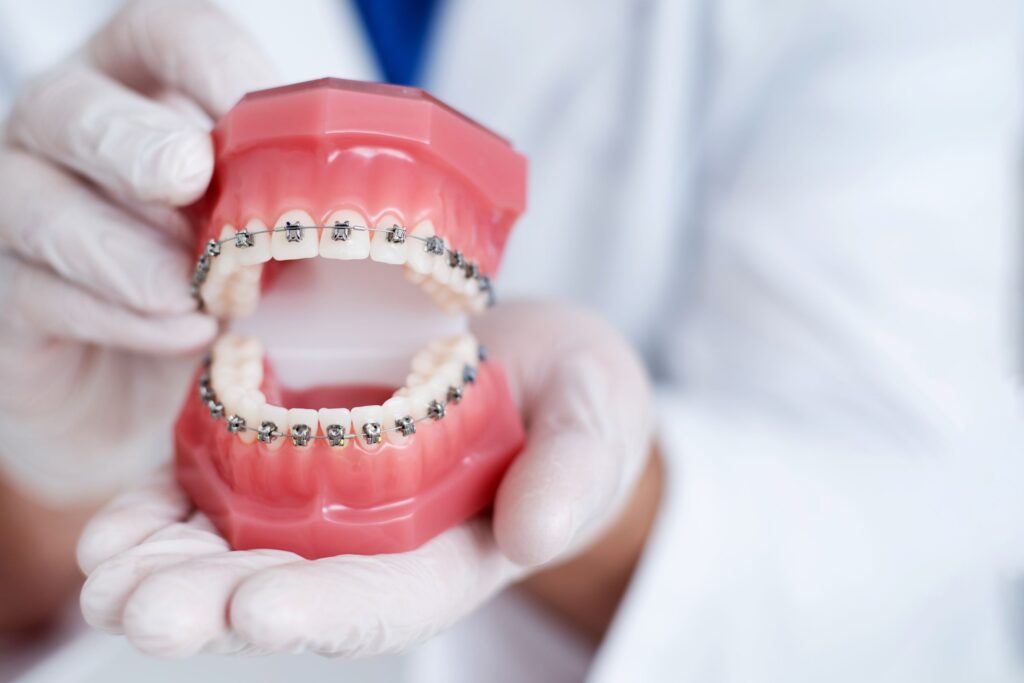
Did you know that overcrowded or gapped teeth can impact your dental health as much as your appearance? It’s harder to thoroughly brush and floss them if they overlap, increasing your vulnerability to tooth decay and gum disease. Plus, you could feel so self-conscious about the state of your smile that you avoid spending time with others.
Although Invisalign has gained popularity over the years, it’s not the best choice for everyone. More severe misalignments and other conditions may not be effectively addressed this way and may require braces instead. If you’re unsure whether traditional orthodontics are right for you, keep reading to learn 3 reasons to consider the tried-and-true method!
Consideration #1: They’re Permanent
Those who opt for Invisalign must remember to remove and reinsert their trays multiple times every day for meals and to wash them. Unfortunately, many absent-minded patients fall behind their treatment timeline because they don’t meet the 20 to 22 daily wear time or misplace or damage their aligners and need to have them replaced.
Thankfully, that’s never a concern with braces. This traditional treatment relies on metal brackets attached to teeth which are threaded with a special archwire to exert enough pressure to shift teeth over time.
Consideration #2: They’re Versatile
Clear aligners can be ideal for addressing somewhat crooked teeth and mild bite misalignments because the plastic trays fit snuggly over your pearly whites to apply a constant, steady force that slowly repositions them.
However, if you have a more severe issue, like a rotated tooth that requires torque to turn it or a larger gap between your teeth, then braces may be a better choice. Your dentist can adjust the wire to pull even the most misaligned teeth back into their rightful places. This technique allows for a greater manipulation of movement that can handle even the most complex cases.
Consideration #3: They’re Cost-Effective
It’s possible that by option for traditional orthodontics, you’ll pay less in the long run than by choosing an alternative method. For example, patients option for Invisalign can expect to pay anywhere from $3,000 to $8,000, and because it’s considered a cosmetic treatment, there’s no guarantee that your dental insurance will chip in.
Meanwhile, braces usually range anywhere from $2,000 to $7,350, depending on the type you get. Furthermore, many dental insurance plans contribute to the cost of treatments necessary to protect and preserve your dental condition, including standard orthodontics.
If you’re still unsure whether braces are right for you, the best way to find out is to schedule a consultation with your provider!
About the Author
Dr. Robert A. Camenzuli takes pride in helping people improve their lives by enhancing their dental health. He earned his Doctor of Dental Surgery from the Louisiana State University School of Dentistry and is a Fellow of the Academy of General Dentistry, a distinction that only about 6% of dentists in the U.S. and Canada achieve. His welcoming environment is equipped with state-of-the-art technology to increase patient comfort while delivering accurate, long-lasting treatment results. If you want a straighter smile, you can request a consultation on the website or call (504) 895-3400.
